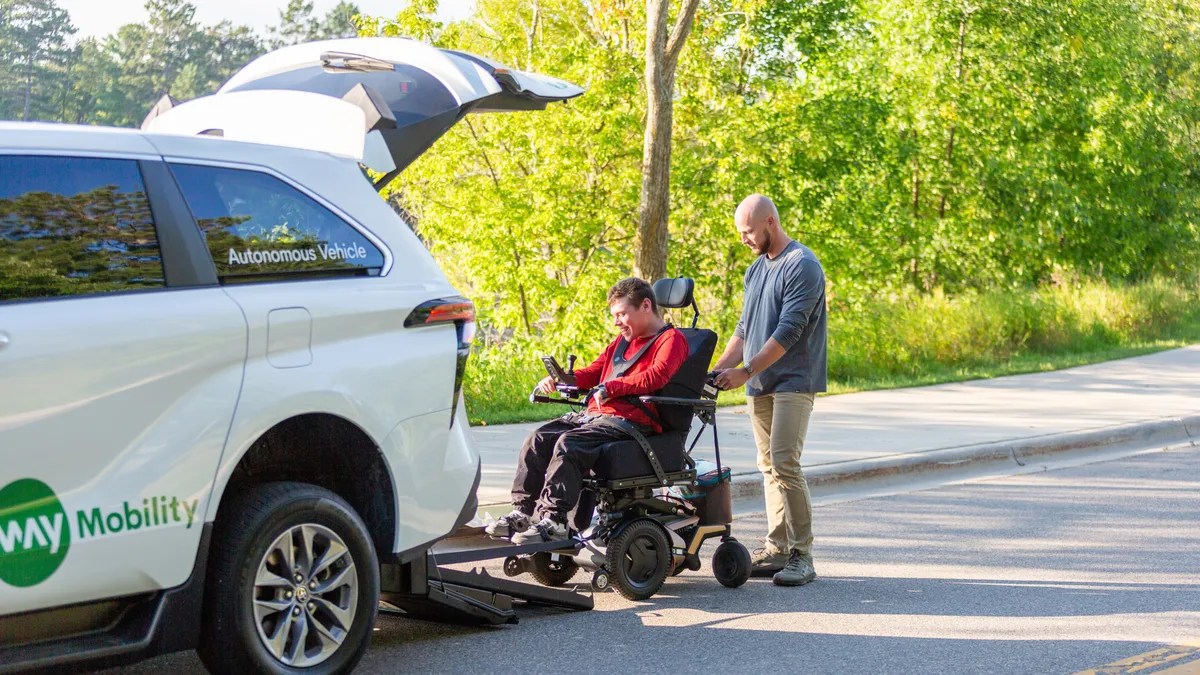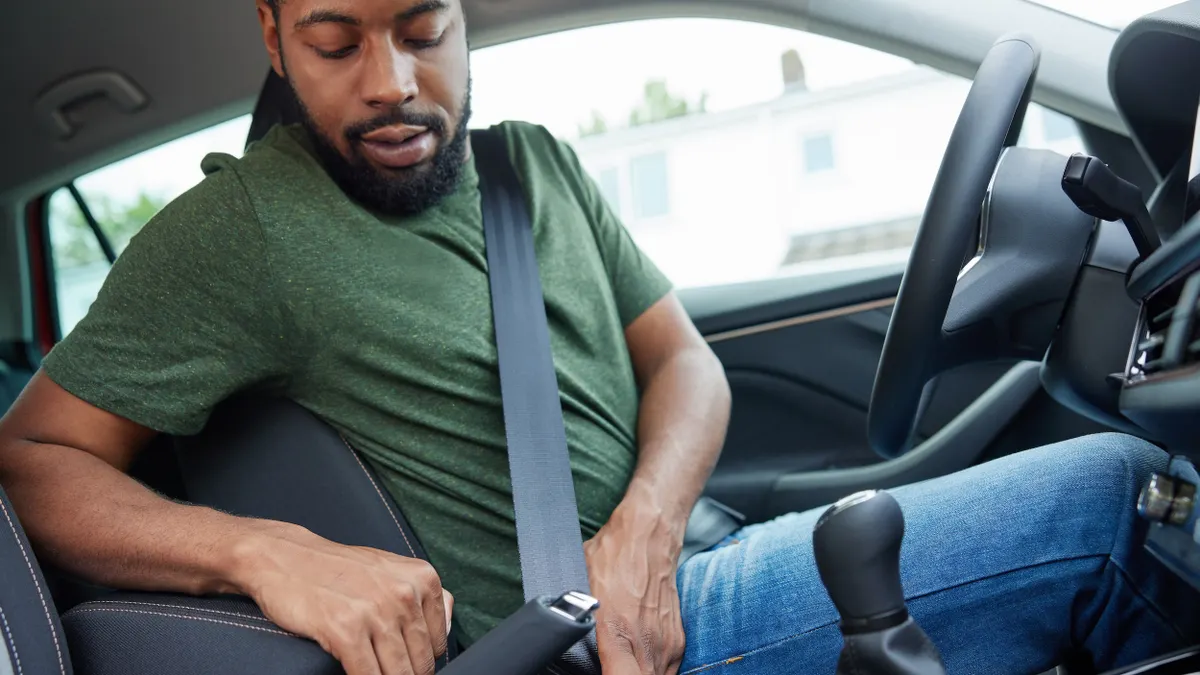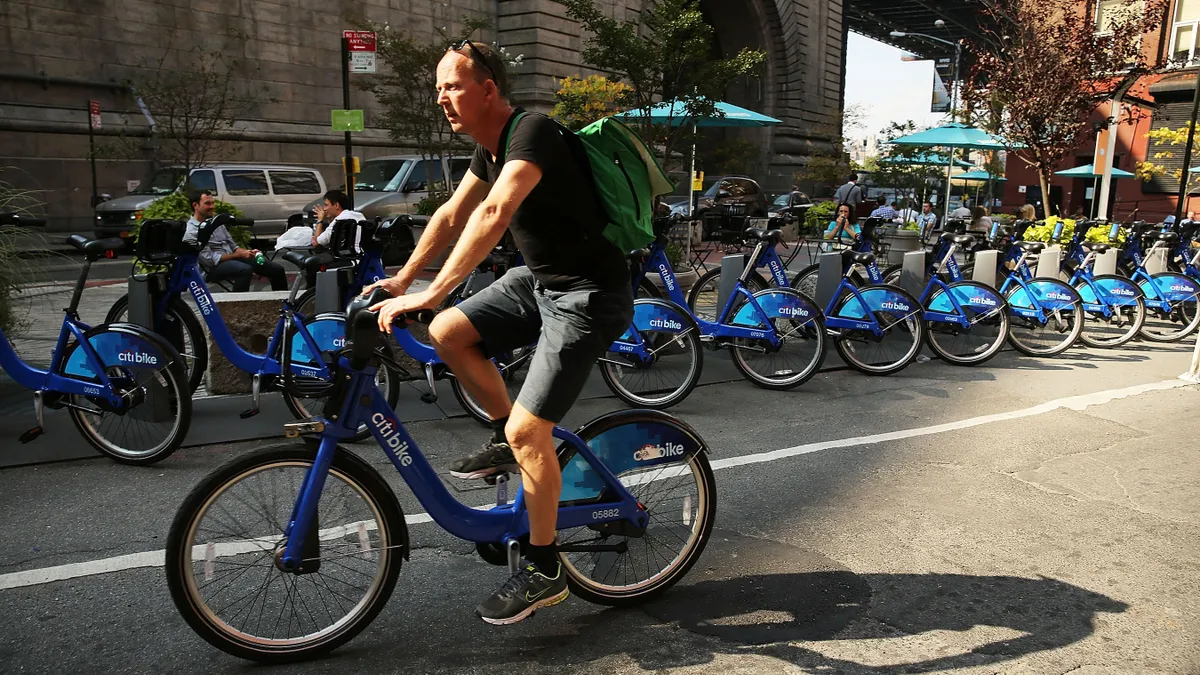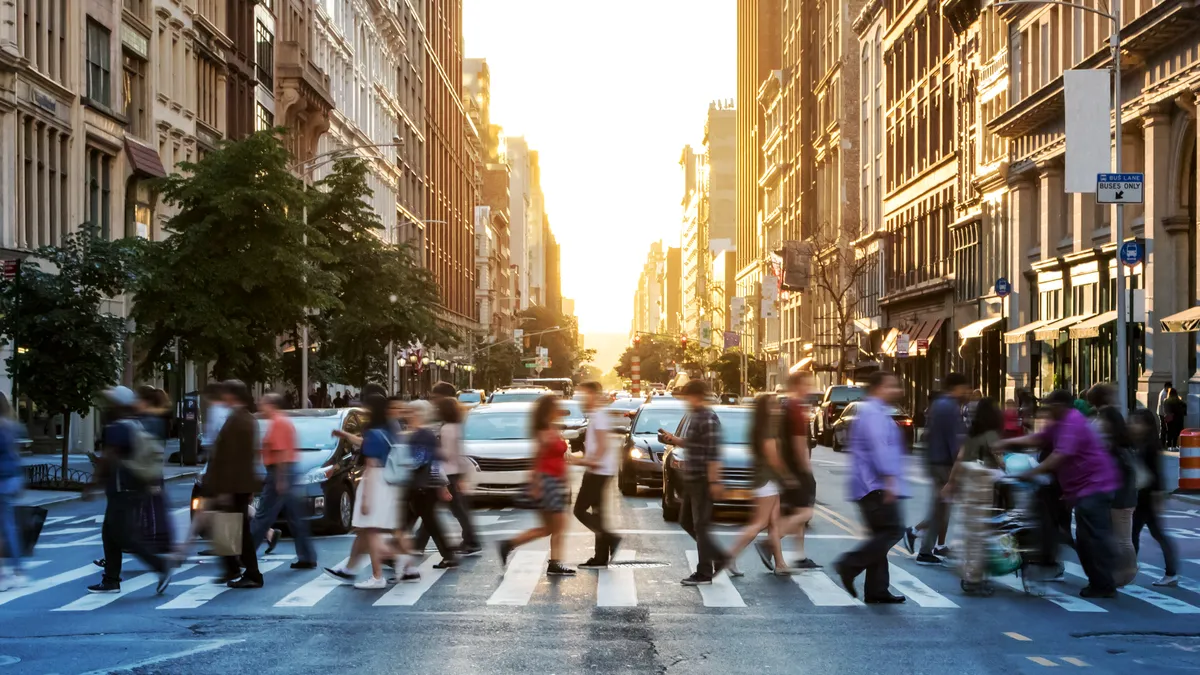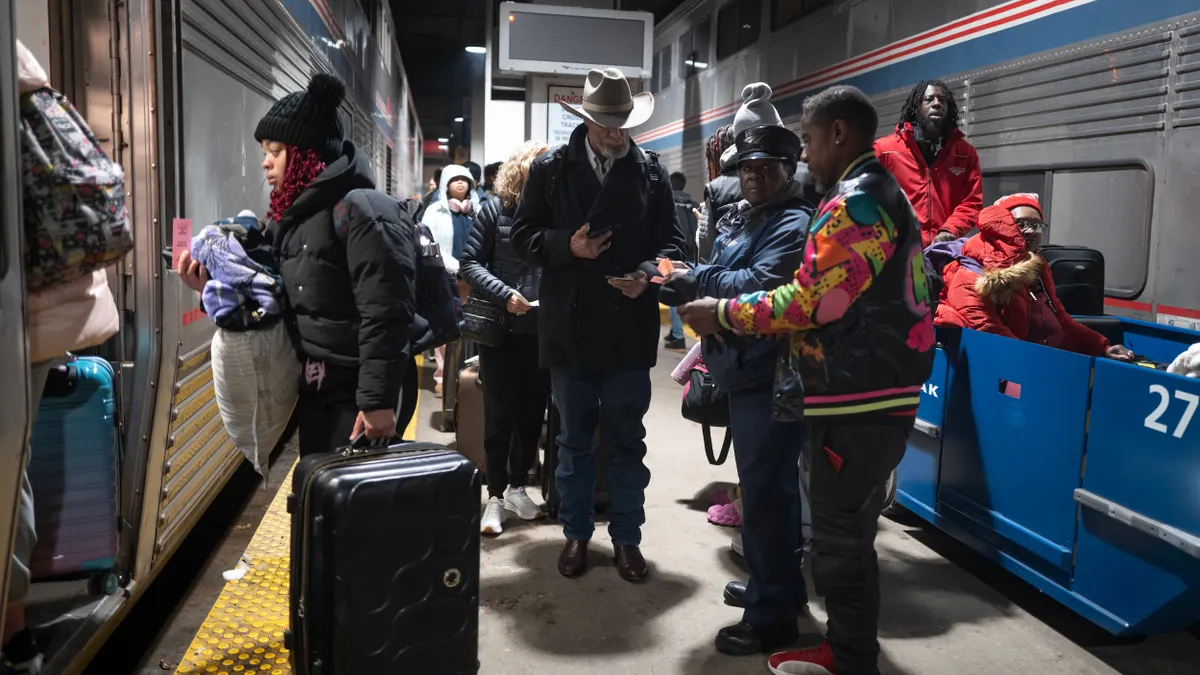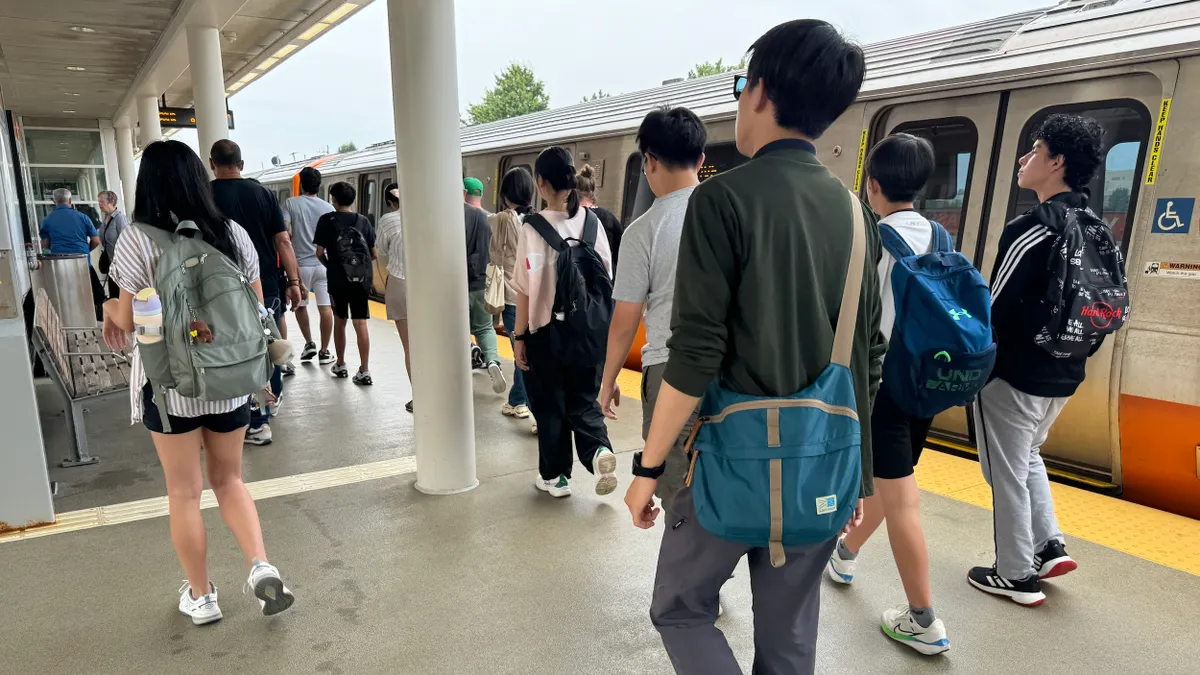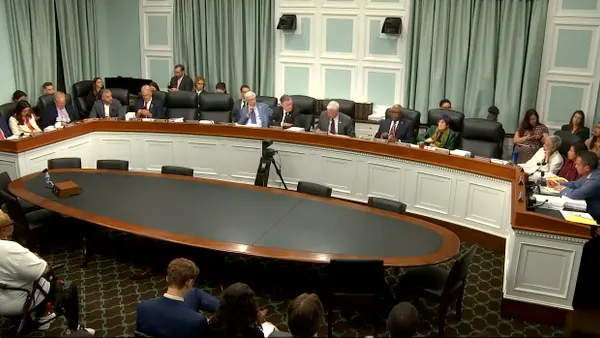Pooja Shah is a 2021 Clean Energy Leadership Institute National Fellow.
Hurricane Ida’s remnants that triggered flash floods in New York and New Jersey at the beginning of this month overwhelmed America’s largest transit network, the New York City subway system. Scenes of inundated subway stations and trains plowing through sheets of water flooded social media overnight. Extreme weather conditions driven by climate change continue to heighten the need for massive investments in our infrastructure, especially transportation infrastructure that can not only significantly reduce greenhouse gas (GHG) emissions but also build racial equity.
The transportation sector is the main source of pollution in the U.S. — accounting for nearly 30% of GHG emissions — and is one of the prime contributors to climate change. Communities across the nation are already experiencing the severe impacts of extreme weather conditions driven by climate change, but communities of color feel outsized impacts. Investments in transportation solutions need to be focused on equity to ensure a better future.
The Infrastructure Investment and Jobs Act is touted as the United States' largest-ever federal investment in public transportation that will reduce GHG emissions and create jobs. While the legislation certainly represents a step in the right direction, the investments proposed in the bill – especially those aimed at decarbonizing the transportation sector – lack sufficient focus on equitable solutions like public transit and forms of active transportation such as walking and cycling as we move to address the climate crisis.
The bill proposes investments in electric vehicle (EV) charging infrastructure that will further the transition from internal combustion engine vehicles to EVs. But some of its major investments come in the form of funding for highways, bridges, and roads that will continue to increase reliance on private vehicles.
Transitioning to EVs can — and should be — the future of driving for all U.S. residents who own private vehicles. However, EVs alone won’t solve the climate crisis and importantly, they won’t help address the historic legacy of systemic racism in transportation policies. Any discussions that do not involve significant investments in public transit and active transportation will not drive us toward an equitable future. Yet public transit remained one of the biggest sticking points during bipartisan negotiations, with the end result being that these investments represent only a fraction of what legislators agreed to dedicate to infrastructure — ultimately promoting private vehicle usage.
According to EPA data, light-duty vehicles are responsible for 58% of GHG emissions from the transportation sector. The impact of these emissions has disproportionately impacted communities of color as a result of decades of inequitable transportation and housing policies. These policies have made Black and brown communities far more likely to live in areas with higher concentrations of air pollution caused by vehicle emissions. That disparity makes those communities more susceptible to respiratory illnesses including asthma, pneumonia, lung cancer and even COVID-19.
Communities of color are also more impacted by “heat islands” where darker-colored materials are used to construct highways and roads for cars. These materials don’t allow heat to escape at the same levels as permeable materials like soil and grass, making overall temperatures higher and these communities more vulnerable to extreme heat. Thus, these frontline communities face a one-two punch of transportation-related health effects and the physical repercussions of infrastructure design.
A large number of U.S. commuters are also still heavily dependent on private transit. An affordable way to cut pollution, avoid investing in highways for cars, and integrate equity into transportation, is to transition away from private vehicles and redirect those infrastructure investments in public transportation, walking, cycling and other sustainable mobility options.
U.S. residents who are lower-income, Black or Hispanic, or immigrants are already more likely to use public transit on a regular basis, largely due to lack of vehicle ownership, and yet they are also most likely to bear the brunt of the country’s over-reliance on cars. A lack of public transit infrastructure investments over the years has resulted in unreliable systems plagued by service delays and disruptions. That lack of investment has also contributed to longstanding structural racism and socioeconomic barriers for frontline communities, segregating marginalized communities from access to education, economic opportunities and healthcare facilities.
Investment in public transit and high-speed rail as part of budget reconciliation could make these resources more reliable, while decreasing commute times and increasing access to various opportunities. The re-imagining and rebuilding of our current public transit system through budget reconciliation is imperative to having an equitable and sustainable transportation system.
Budget reconciliation discussions also need to focus on creating and streamlining public infrastructure to facilitate active transportation. Inadequate and substandard infrastructure is a common barrier to the use of active transportation. An average of close to 20 pedestrians or bicyclists have become traffic fatalities every day in recent years in the U.S. Walking and cycling are becoming increasingly dangerous along too many of our roads and highways, especially in low-income and minority communities.
There is no single silver bullet to address climate change and racial inequity. Policy changes and investments in the transportation sector provide one of the most significant opportunities to cut GHG emissions, address climate change, prioritize environmental justice, and create jobs, while alleviating systemic inequities.
We cannot rely solely on decarbonization of private transit and transitioning to EVs to address the twin challenges of climate change and societal inequality. As Congress and policymakers work on the budget reconciliation, they must ensure that big and bold investments are also made in public transit and active transportation infrastructure to build a sustainable and equitable future for all communities.
Contributed pieces do not reflect an editorial position by Smart Cities Dive.
Do you have an opinion on a similar issue or another topic Smart Cities Dive is covering? Submit an op-ed.







